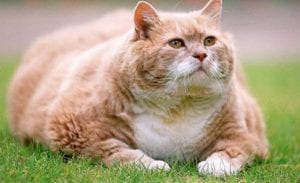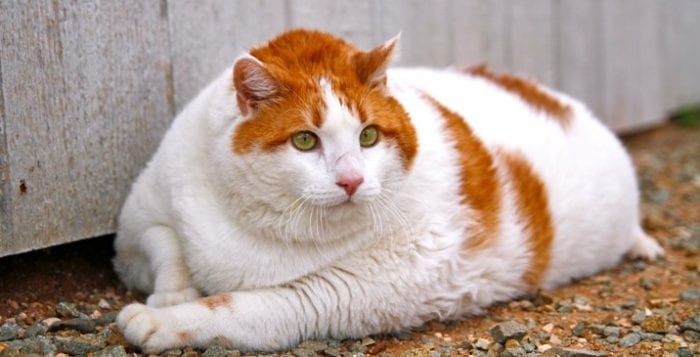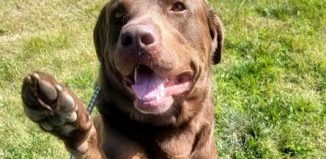Ask the Vet: An update on obesity in our pets
By Matthew Kearns, DVM
 Spring has sprung and as I look at my waistline it is obvious I put on a few extra pounds during the winter months. Fighting obesity is a year-round battle in both people and pets. The questions arise however: Are there factors predisposing pets to obesity? If so, what are they?
Spring has sprung and as I look at my waistline it is obvious I put on a few extra pounds during the winter months. Fighting obesity is a year-round battle in both people and pets. The questions arise however: Are there factors predisposing pets to obesity? If so, what are they?
Breeds
Studies have shown that certain canine breeds such as cairn terriers, West Highland terriers, Scottish terriers, Shetland sheepdogs, basset hounds, Cavalier King Charles spaniels, dachshunds, beagles, cocker spaniels and Labrador retrievers all are predisposed to obesity. Conversely, site hounds (greyhounds, Italian greyhounds, whippets, Afghan hounds, etc.) seem to be more resistant to obesity.
Feline breeds including the domestic short hair, domestic medium hair, domestic long hair and Manx breeds are predisposed to obesity. Unfortunately, it is estimated that regardless of breed, approximately 25 percent of all cats owned in the U.S. are obese.
Exercise/Environment
This one is kind of self-explanatory. Dogs and cats that are more active or are encouraged to exercise have less problems with obesity. It is important to differentiate between consistent, low-impact exercise versus trying to lose all the weight in one day. We don’t want to predispose our pets to heat stroke or orthopedic injuries.
Spay/Neuter
 In both cats and dogs the loss of certain hormones associated with the reproductive system will affect metabolism. Through studies it is estimated that the calorie requirements drop by about 25 percent after a spay or neuter.
In both cats and dogs the loss of certain hormones associated with the reproductive system will affect metabolism. Through studies it is estimated that the calorie requirements drop by about 25 percent after a spay or neuter.
Ironically, all of the feeding recommendations on the cans and bags of dog/cat food are by an association called AAFCO (Association of American Feed Control Officials). The AAFCO recommendations are based on studies on intact dogs and cats (dogs and cats that were never spayed or neutered).
I could see that if one follows those recommendations one would be going to the store more often to buy more food. Unfortunately, that also means that we are overfeeding our pets. Therefore, the recommendation at our clinic is to decrease the amount of food by approximately 25 percent (from what is recommended on the packaging) after your dog or cat is spayed or neutered.
Age
As dogs and cats age their calorie requirements drop. In your average sized dog it is estimated that its overall calorie requirements drop by approximately 20 percent past age 7. Although I could not find similar data in cats, I would say from experience the same is true for them. There are some dogs and cats that are more active and may need more calories, but this is something to be taken on a case-by-case basis.
Nutrition
This topic is easy. Cheaper brands tend to use lower quality proteins and carbohydrates that predispose to obesity. If possible, spend a little more now on a higher quality diet and it will pay off in the long run. I hope this information helps us to win the battle on obesity and improve the quality of life for our pets.
Thanks for reading, Dr. Matt.
Dr. Kearns practices veterinary medicine from his Port Jefferson office and is pictured with his son Matthew and his dog Jasmine.







